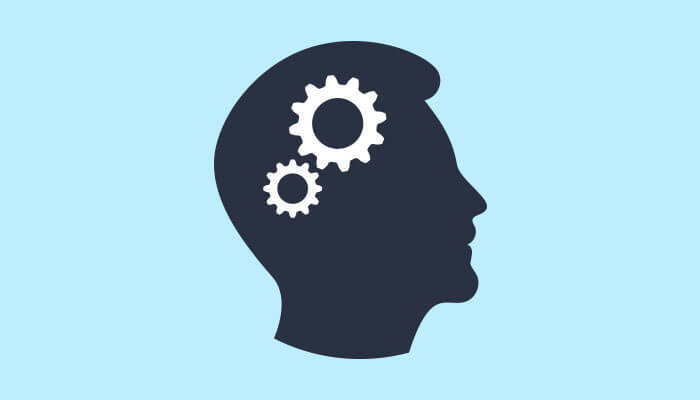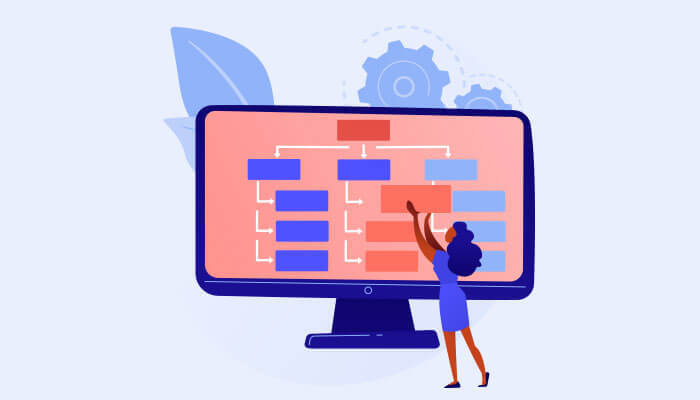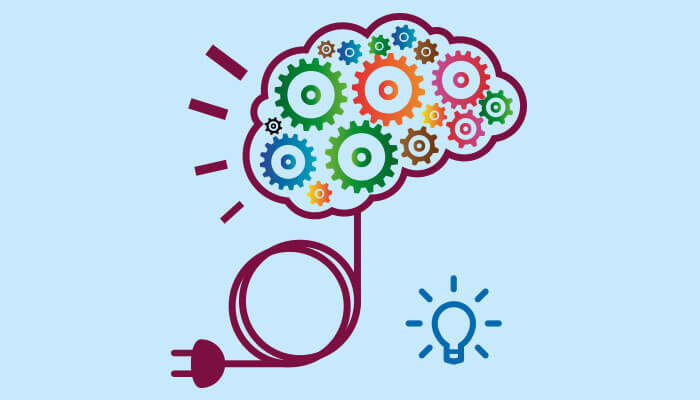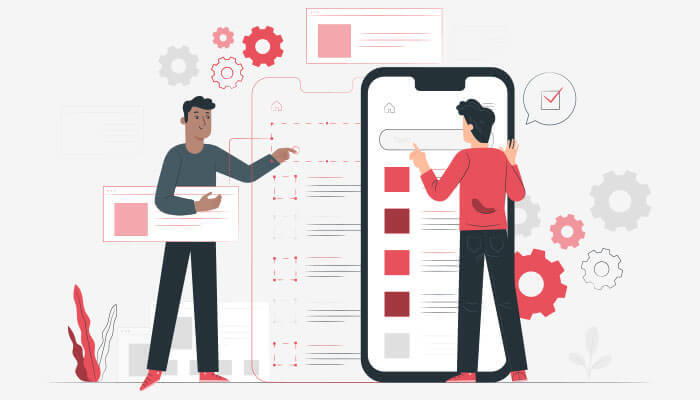In accordance with the customer perspective, every software product is based on two aspects: one is the look of the product and another one is the product UX. Out of these two, UX plays a vital role in the product’s success. It’s necessary for a product to follow a more practical approach to be user-friendly for the customers.
Every customer keeps some expectations on how the product is going to act. Once the product fails to meet the expectations, users generally lose interest in the product. Thus, it’s become important to understand how to design Intuitive UX.
Imagine that you’ve never experienced shopping from an online store, but I ask you to buy a product online. Before you land on the E-commerce website, before you navigate it, you have a model in your head of what shopping from an online store will be like.
You have assumptions about how products will look on the screen, what actions you will perform, and how you will perform them-things like selecting a product, comparison between products, and how to pay for the product. You have a “mental model” of shopping in an online store, even if you’ve never done it before.
Factors That Determine Your Mental Model
If you’ve used an E-commerce website before, your mental model of shopping from an online store will be different than that of someone who has never used it or a naive user of e-commerce websites. If you have been shopping online for the past year, your mental model will be different from someone who has never bought anything online.
Once you buy something from an online store, whichever mental model you had in your head in past will start to change and adjust to reflect in your experience.
What is a Mental Model?
There are various definitions for mental models that have been around for the last three decades or so. One of my favorites is from Susan Carey’s journal, Cognitive science, and science education, which states:
A mental model describes a person’s thought process for how something operates. Mental models are based on past experience, incomplete facts and figures, and also intuitive perceptions. They help in shaping the action and behavior of the person. Furthermore, define how people react in complicated situations, and also represents people’s approach while solving a problem.
Mental Model In User Interface Design
In the world of user interface design, a mental model stands for the representation of something-a device, a software, etc. An intuitive model that the user has in mind. Users are very quick to create mental models, often before they even use the service of the device or software.
Users’ mental model arises from the prior experience with the same kind of software or device, assumptions they have, things they’ve heard from others, and even from the direct interaction with the product and services. Mental models are not permanent and are subject to change. Users use mental models to determine how the system, device, software, or product is going to work, or what they should do with it.
What Is A Conceptual Model?
In order to understand the importance of mental models in designing user interfaces, you must understand what a conceptual model refers to. A conceptual model is a real-time model that is provided to the user through the interface of the product.
Going back to the E-commerce example, you have a mental model about what shopping online will be like, how it will work, what all you can do with it. There will be screens, products, payments options, and things that happen. The actual interface represents the conceptual model.
Why Mental/Conceptual Model?
You might be thinking, why so much hype about the mental and conceptual models, and why you should care about it. But do you realize, everything we do in the field of user experience is directly related to the product’s conceptual model and the user’s mental model? Any mismatch between the two can lead to a poor user experience. Some examples are:
- If the product’s conceptual model doesn’t match user’s mental model, users will find it hard to learn about the product.
- In case the product’s conceptual model is designed just to fulfill the needs of one user, other users may find it hard to use and learn about the product.
- If you won’t consider the user’s mental model into consideration while designing the conceptual model, the final product will become hard to learn and use.
Benefits Of Designing Intuitive UX
A better understanding of design intuitive UX is essential to have a great end product. Additionally; it helps customers, developers as well as businesses in several aspects. Some of them are mention below:
- User can put more time into using software instead of figuring it out.
- Customer satisfaction/retention – more business.
- Reduces support cost.
- Reduces development time and cost.
- Increases productivity and revenue.
Conclusion
Intuitive user experience helps customers to use the software effortlessly from beginning to end. A deep study of user behavior and regular testing on the interface is required to achieve a higher conversion rate and user loyalty.
Are you looking for guidance/ help with User Experience for your existing/ upcoming Digital Product? Contact us












